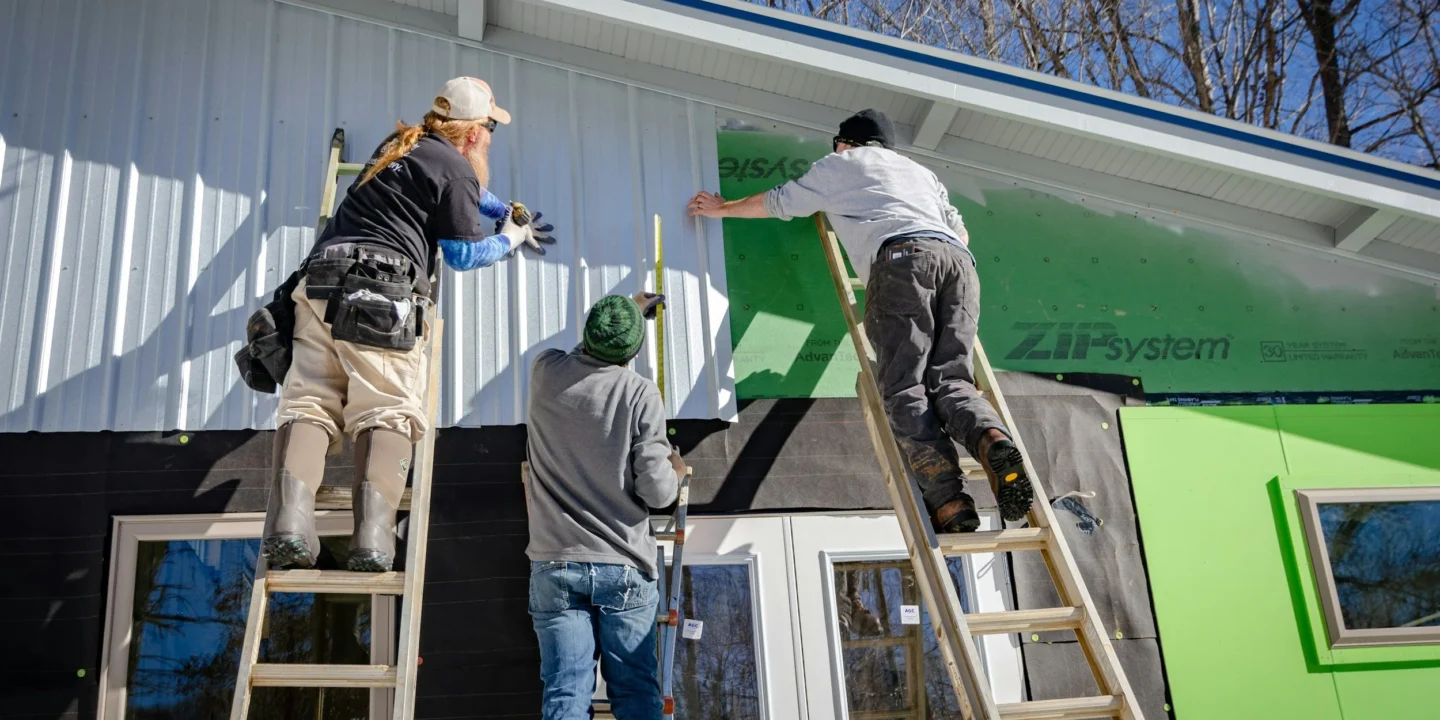
Introduction: Why Green Remodeling Matters More Than Ever
The home is more than just a place to live—it’s where comfort, health, and sustainability intersect. In a world facing climate change, rising energy costs, and growing awareness of environmental responsibility, eco-friendly remodeling has shifted from being a niche trend to a mainstream necessity. Homeowners today want spaces that look beautiful, function efficiently, and minimize harm to the planet.
Eco-friendly remodeling isn’t just about installing solar panels or swapping out light bulbs. It’s about rethinking design, materials, and everyday functionality so that your home supports a healthier lifestyle while lowering long-term costs. From energy-saving technologies to water-efficient plumbing, sustainable remodels are proof that what’s good for the planet is also good for your wallet.
This guide explores the best eco-friendly remodeling upgrades, how they save money, and the real impact they have on both your home and the environment.
Chapter 1: The Benefits of Eco-Friendly Remodeling
Before diving into practical upgrades, let’s look at the core benefits of going green with your remodel.
1. Lower Energy Bills
Eco-friendly homes rely on energy-efficient appliances, proper insulation, and renewable energy sources. These upgrades reduce monthly bills drastically, with savings that continue year after year.
2. Increased Property Value
Buyers increasingly look for sustainable features in homes. Studies show that green-certified homes sell faster and often at higher prices than traditional ones.
3. Healthier Living Environment
Eco-friendly remodeling often includes low-VOC paints, natural materials, and improved ventilation systems, which reduce indoor toxins and promote better air quality.
4. Reduced Environmental Impact
Every remodel leaves a footprint. By choosing recycled, renewable, or responsibly sourced materials, you significantly cut down on waste, pollution, and carbon emissions.
5. Long-Term Investment
While eco-friendly upgrades sometimes cost more upfront, the long-term savings and durability often outweigh initial expenses.
Chapter 2: Energy-Efficient Upgrades
Energy is often the first area homeowners tackle in a green remodel.
Insulation & Sealing
- Upgrade attic and wall insulation to reduce heating/cooling needs.
- Use spray foam or recycled denim insulation for sustainability.
- Seal air leaks around doors and windows to maintain stable temperatures.
Windows & Doors
- Install double- or triple-pane windows with low-emissivity coatings.
- Consider fiberglass or sustainably harvested wood frames.
Renewable Energy Solutions
- Solar panels remain the gold standard, with long-term ROI.
- Solar water heaters and geothermal systems are also powerful upgrades.
- Battery storage systems allow you to store excess energy for nighttime use.
Smart Home Tech
- Smart thermostats (Nest, Ecobee, etc.) adapt to your lifestyle, reducing waste.
- Automated lighting systems ensure no energy is wasted when rooms are empty.
Chapter 3: Sustainable Materials
Choosing the right materials is at the heart of eco-friendly remodeling.
Flooring
- Bamboo: fast-growing, renewable, durable.
- Cork: harvested without cutting down trees, hypoallergenic, and insulating.
- Reclaimed wood: gives character, reduces demand for new logging.
Countertops
- Recycled glass countertops: stunning aesthetics + eco-conscious.
- Reclaimed wood butcher block: rustic and sustainable.
- Concrete with recycled content: durable and customizable.
Walls & Paint
- Use low-VOC or zero-VOC paints to protect indoor air quality.
- Reclaimed or sustainably harvested wood paneling adds warmth.
Roofing
- Cool roofs reflect sunlight, reducing AC costs.
- Metal roofs made from recycled steel last 40–70 years.
Chapter 4: Water-Saving Solutions
Water efficiency is critical in sustainable remodeling.
Low-Flow Fixtures
- Low-flow faucets, showerheads, and toilets cut water use by up to 60%.
Greywater Systems
- Recycle lightly used water from sinks and showers for irrigation.
Rainwater Harvesting
- Collect rainwater for outdoor use, reducing dependence on municipal water.
Landscaping
- Opt for native plants that need little watering.
- Use drip irrigation instead of sprinklers for efficiency.
Chapter 5: Indoor Air Quality and Healthy Living
A green home should promote wellness as much as efficiency.
- Choose nontoxic finishes and avoid synthetic carpets that emit harmful chemicals.
- Add air-purifying plants like peace lilies, snake plants, or ferns.
- Upgrade ventilation systems with HEPA filters to reduce allergens.
Chapter 6: Budget-Friendly Eco-Friendly Remodeling
Going green doesn’t always require massive investments. Some low-cost upgrades include:
- Installing LED light bulbs throughout the house.
- Using eco-friendly caulks and sealants.
- Weatherstripping windows and doors.
- Upcycling old furniture instead of buying new.
- Installing smart power strips to cut phantom energy use.
Chapter 7: The ROI of Eco-Friendly Remodeling
Homeowners often ask: Is eco-friendly remodeling really worth it financially?
The answer is yes. A breakdown of potential savings:
- Solar panels: Save $10,000–$30,000 over 20 years.
- Smart thermostats: Save $150+ annually.
- Low-flow fixtures: Reduce water bills by up to 50%.
- LED lighting: 80% less energy than incandescent bulbs.
Additionally, green features increase resale value. According to Zillow, homes with solar energy sell for 4% more on average.
Chapter 8: Real-Life Examples of Eco-Friendly Remodeling
- The Net-Zero Home: A California family remodeled their 1980s house with solar panels, rainwater harvesting, and reclaimed wood—resulting in a home that produces as much energy as it consumes.
- Urban Condo Upgrade: In New York City, a small apartment remodel swapped old appliances for Energy Star models, installed bamboo flooring, and added smart lighting—reducing utility bills by 40%.
- DIY Green Remodel: A couple in Texas focused on budget-friendly upgrades—LEDs, weatherstripping, and non-toxic paints—achieving major savings without breaking the bank.
Chapter 9: DIY vs Professional Remodeling
DIY Options
- Painting with eco-friendly paints
- Installing low-flow showerheads and faucets
- Weatherstripping and insulation fixes
When to Call a Pro
- Solar panel installation
- Geothermal heating/cooling
- Greywater systems
- Whole-home smart automation
Conclusion: Building a Greener Future, One Remodel at a Time
Eco-friendly remodeling is more than a design choice—it’s a commitment to health, savings, and sustainability. By choosing smarter materials, energy-efficient upgrades, and water-saving solutions, you can transform your home into a modern, environmentally responsible sanctuary.
The beauty of eco-friendly remodeling lies in its scalability. Whether you’re swapping out lightbulbs or investing in solar panels, every upgrade contributes to a greener future—while saving money along the way.
The planet wins. Your wallet wins. And your home becomes a healthier, smarter place to live







